Over this recent series of articles, I have revealed how Hogarth disguised the signs of the first three degrees within the scenes of A Harlot’s Progress.
They were cleverly hidden within the actions of ‘chin chucking’ stealing handkerchiefs.

Two women with arms out, compared to the illustration from Duncan’s Monitor (1866)
Some of you might have found these sightings a little too subjective.
I am grateful, therefore, that the artist who created them, went on and repeated these very scenarios within his other works.
They present further proof of his intention.

Figure 1 – Hudibras in Tribulation (1726)
IMAGE CREDIT: William Hogarth from Hudibras in Tribulation (1726)
Take a look at Hogarth’s illustrations to Samuel Butler’s Hudibras.
The older woman walking towards the stocks has both her arms stretched out just as the woman in the Harlot’s funeral scene. This was most definitely an attempt to mirror the hand sign of the Third Degree. Compare it to the illustration in Duncan’s Masonic Ritual and Monitor (1866).
The younger woman who is being ‘chucked’ under the chin has her hands folded just like we saw in the Scene 1 of A Harlot’s Progress.
This is very similar to the signs of the first degree as illustrated by Avery Allen in 1831.

Figure 2 – illustration to Butler’s Hudibras (1726) with Masonic positions
IMAGE CREDIT: William Hogarth
There is another Masonic clue within this scene that takes much to explain and will be covered later.
Another recurring detail within A Harlot’s Progress which gives evidence of Hogarth’s intent involves the Masonic foot position.
‘Feet forming at a right angle’ is constantly mentioned in Duncan’s Masonic Ritual and Monitor.
In Scenes 2 and 4 we find characters standing ‘at a square’. The first illustration is from Scene 1, when the young woman is still a ‘candidate’ and therefore her feet are almost uncomfortably parallel.

Figure 3 – Feet in Scenes 2 and 4, along with Night (1736)
IMAGE CREDIT: William Hogarth
The final illustration (far right) is from a different work. Observe the same foot position made by the two Freemasons in Hogarth’s painting Night from Times of the Day.
There is obviously much more we could talk about in this work, and I dedicate a whole chapter to it in my book.
However, I am only focused on the Mason’s feet here, because they give weight to the argument that Hogarth was thinking of the same prescribed foot position when he was painting A Harlot’s Progress.
Further proof of Hogarth’s hidden Masonic symbolism can be found in the many other signs that he left within the series.
Just compare the raised finger of the arresting officer (Sir John Gonson) to a sign from the famous French prints of degree work (Léonard Gabanon, 1740).

Figure 4 – Detail from Scene 4 compared to Assemblée de Francs-Maçons pour la réception des Apprentifs. Léonard Gabanon, (1740)
IMAGE CREDIT: William Hogarth, Léonard Gabanon
Or, how about this curious sign that is made by the man in the doorway in Scene 1. It is very similar to an illustration I found in a book by the Supreme Council of the Netherlands in the Hague.

Figure 5 – Detail from Scene 1 compared to a sign from The Supreme Council of the Netherlands in the Hague
IMAGE CREDIT: William Hogarth, Supreme Council of the Netherlands in the Hague
There are many more signs of Freemasonry present in Hogarth’s second series – A Rake’s Progress (1734).
I will write next month’s article on this subject.
Take a look at these two scenes and see if you can beat me to it.
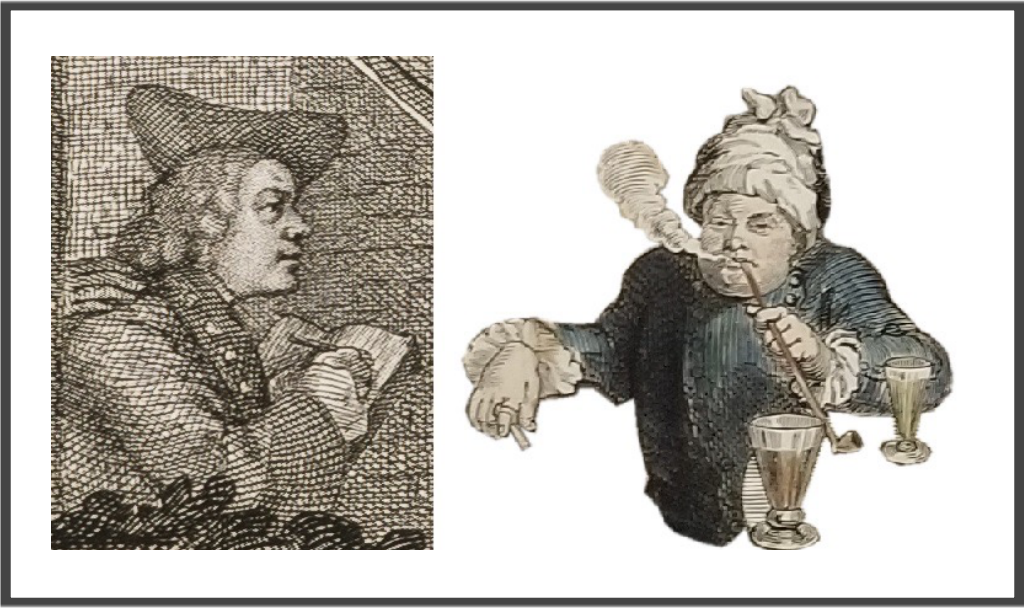
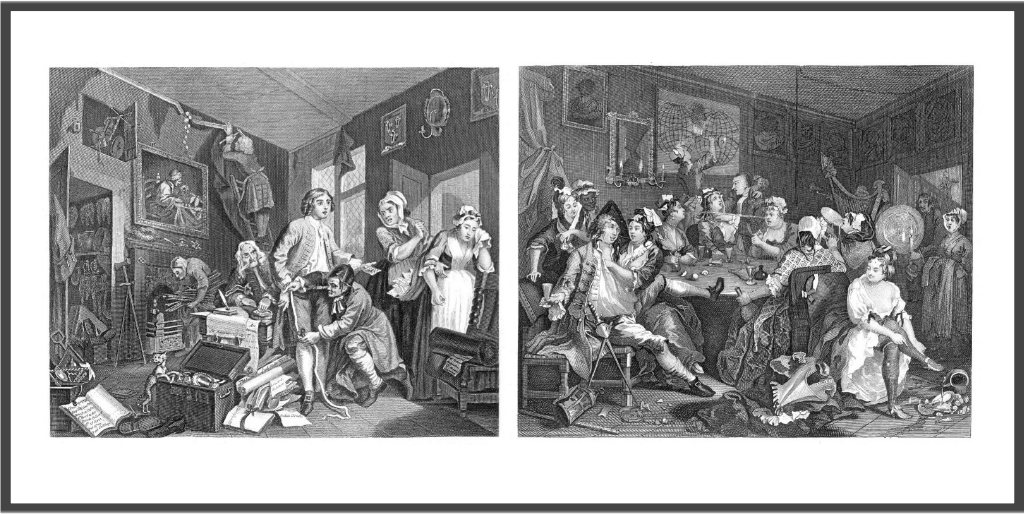
Figure 6 & 7 – Two scenes from A Rake’s Progress (1734)
IMAGE CREDIT: William Hogarth – A Rake’s Progress (1734)
Artist: William Hogarth (1697-1764)
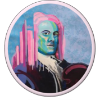
William Hogarth was made a Mason at the Hand and Apple Tree Lodge in Little Queen Street, Holborn, London c1725-28.
He later joined the Bear and Harrow in Butcher Row, known later as the ‘Corner Stone’ Lodge 4, and then Grand Steward’s Lodge. He designed a jewel known as ‘Hogarth’s Jewel’, it remained in continual use into the nineteenth century.
Hogarth was a prolific English painter whose scenes often demonstrated a satirical depiction of 18th century life.
He was responsible for the Copyright Act passed by Parliament in 1735 also known as the Hogarth Act.
Artwork: Tim Fowler
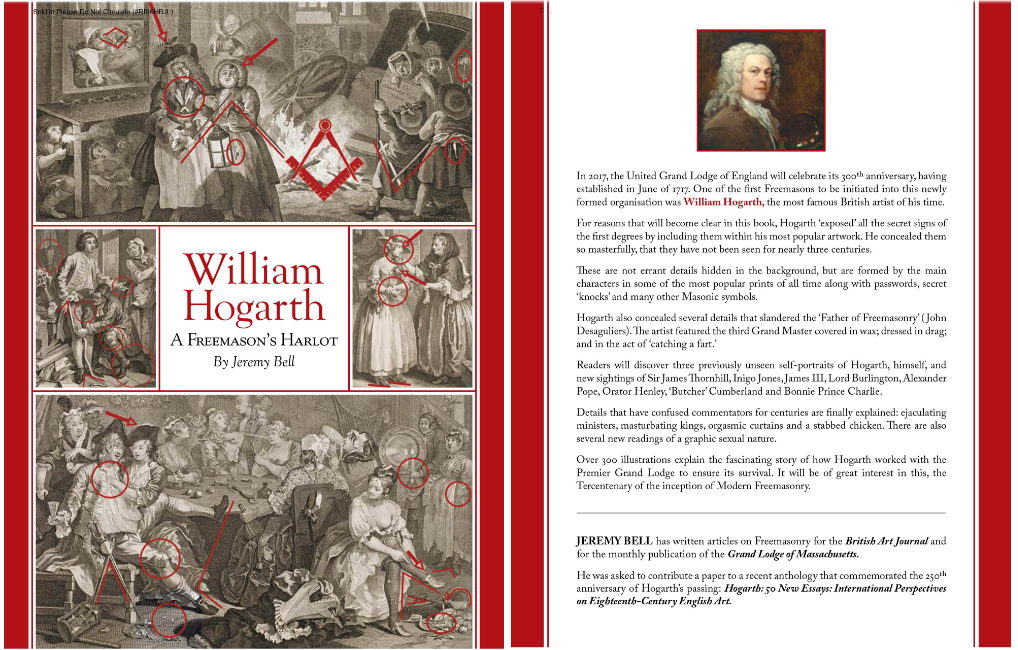
Many more details from the other scenes are explained in my book William Hogarth - A Freemason’s Harlot which is available from my website www.brotherhogarth.com.
Email me at Brotherhogarth@gmail.com. I can show you how many of Hogarth’s other works were Masonically themed.
Recent Articles: by Brother Hogarth
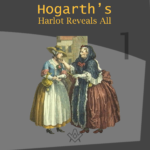 Hogarth’s Harlot Reveals All - Part 1 A new series looking at the hidden Masonic symbolism within Brother Hogarth's works - what can you find? |
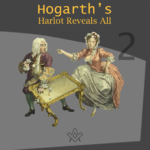 Hogarth’s Harlot Reveals All - Part 2 The second instalment in the series looking at the hidden Masonic symbolism within Brother Hogarth's works - what can you find? |
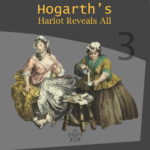 Hogarth’s Harlot Reveals All - Part 3 Brother Hogarth gives us another bawdy glimpse into the salacious world of the 'Harlot's Progress', and the tantalising Masonic symbolism hidden within! Can you spot the clues? |
 Hogarth’s Harlot Reveals All - Part 4 This month we find her in prison doing forced labour. So why, you may ask, is she dressed so finely? This sudden change of costume confused many commentators over the centuries. |
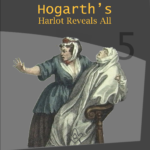 Hogarth’s Harlot Reveals All - Part 5 In last month’s instalment, our Harlot is found in prison doing forced labour. In this instalment the Harlot dies! |
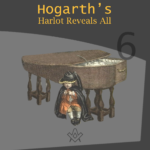 Hogarth’s Harlot Reveals All - Part 6 With our protagonist (the Harlot) lying in her casket, what next for the Widow's Son? |
 Hogarth's Harlot Reveals All - Part 6.2 A naughty clergyman, the virgin, and 'Father Time' - what can Hogarth reveal now?! |
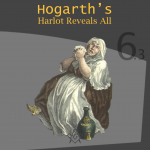 Hogarth's Harlot Reveals All - Part 6.3 Who are the famous men featured in the scene? Hogarth reveals all! |
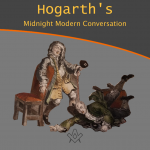 Hogarth's Midnight Modern Conversation Brother Hogarth is back with a look at another work of art with Masonic symbolism 'hidden in plain view' - what is occurring within the Midnight Modern Conversation? |
 Hogarth discreetly embeds more masonic signs and symbols in his paintings , never forgetting, everything he included in his scenes had meaning and is there for a reason. |
 Hogarth discreetly embeds more masonic signs and symbols in A Rake’s Progress, never forgetting, everything he included in his scenes had meaning and is there for a reason. |
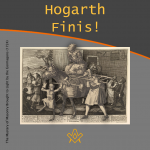 For twelve months Hogarth and his Harlot have revealed all, and the Rake has exposed himself. In this, the last part of the series (for now), we get a final glimpse at a few more of Hogarth's Masonic 'reveals'. |
masonic knowledge
to be a better citizen of the world
share the square with two brothers

click image to open email app on mobile device








